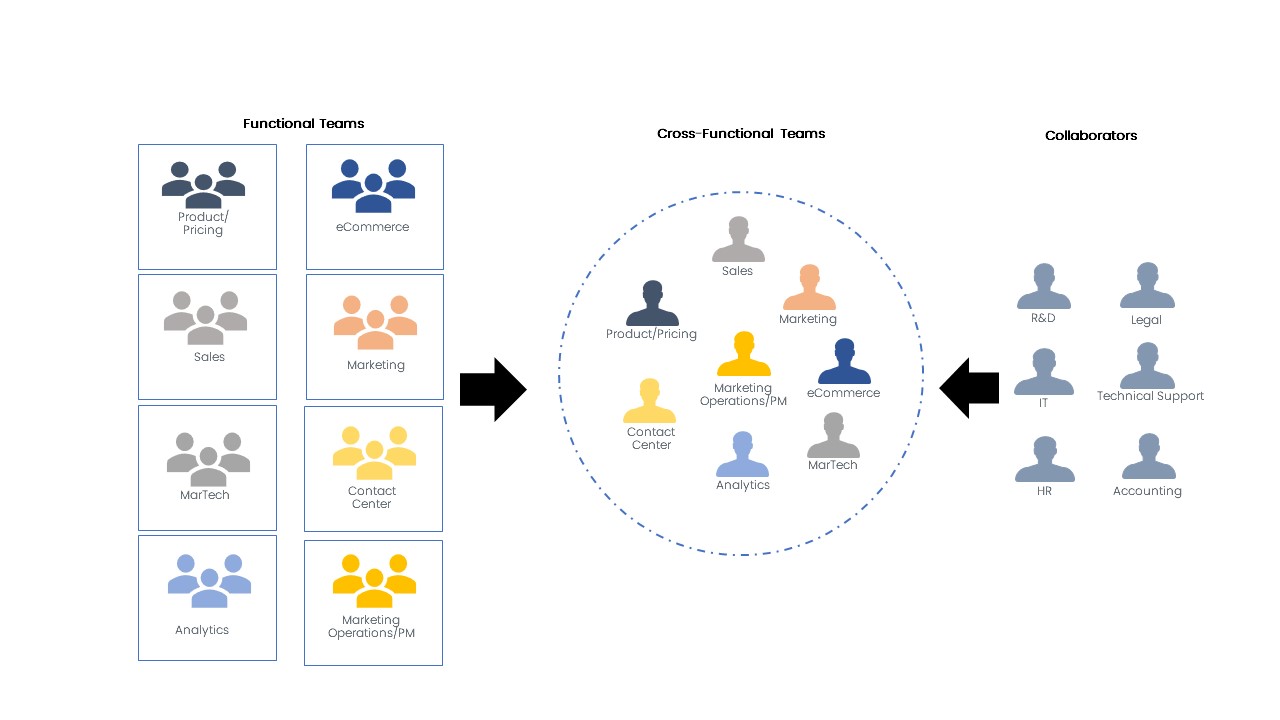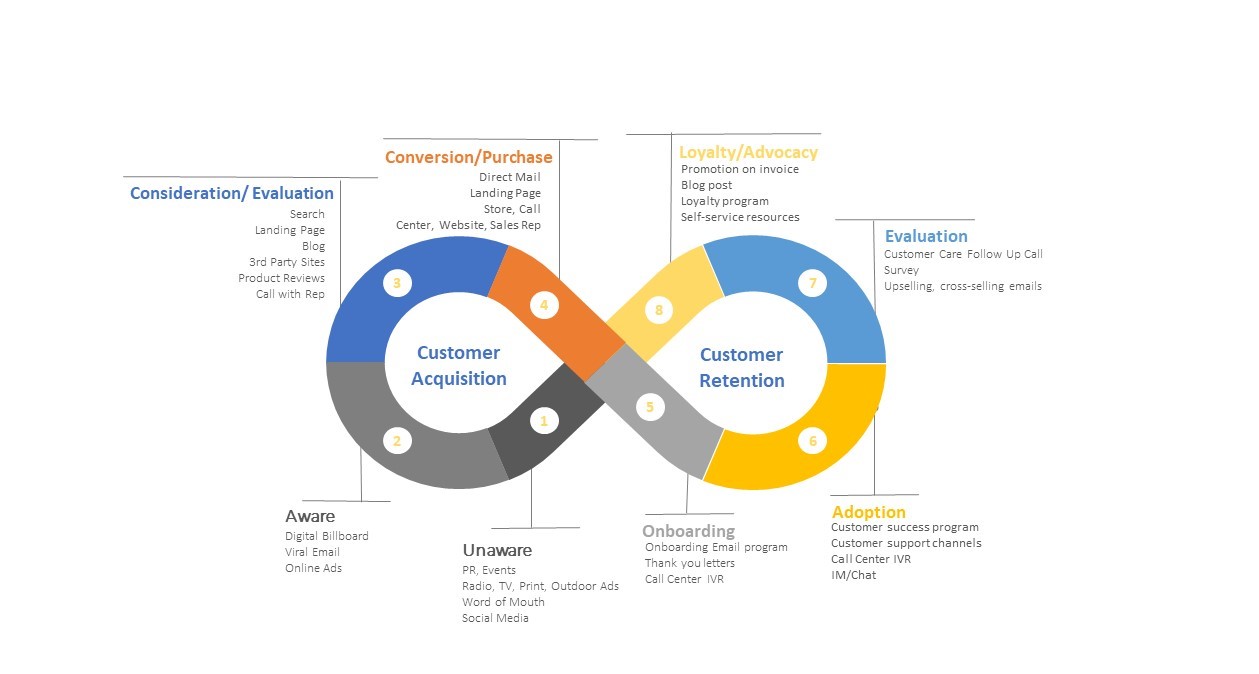What does Customer Centricity mean in 2023?
What does Customer Centricity mean in 2023?
What is Customer Centricity?
Salesforce’s “State of the Connected Customer” report surveyed close to 17,000 consumer and business buyers. They found that 88% of customer say the experience a company provides is as important as its product or services — up from 80% in 2020
Benefits in adopting a customer centric marketing strategy
Embracing a customer-centric approach to business can yield numerous benefits that can positively impact your organization’s bottom line. Some of the key advantages include:
1. Increased ROI and sustainability: According to Harvard Business Review, customer centricity can lead to higher customer retention rates (5-10%) and increased profit margins (25-95%). Focusing on nurturing existing relationships and fostering customer loyalty is essential for growth.
2. Enhanced consumer trust and loyalty, and improved brand reputation: As stated by the Huffington Post, only 1 out of 26 unhappy customers will complain, while the rest will simply leave. Consistently delivering on promises and providing a positive experience will foster trust in your brand and lead to higher levels of customer satisfaction and lifetime value.
3. Competitive edge: Providing a superior experience can set your brand apart and make it top-of-mind for customers, giving you an advantage over competitors.
4. Increased employee satisfaction: By breaking down silos and working cross-functionally to achieve common goals, reducing handovers between teams, and utilizing technology to automate repetitive tasks, organizations can streamline projects, improve clarity, and reduce confusion, friction, and stress.
How Do You Shift To Customer Centricity?
Visualizing Your Customers’ Journey

- Rather than tracking leads and conversions through a traditional AIDA (awareness, interest, decision, action) funnel view that is in theory limited to acquisition data, the Sales Loop enables key departments to view the flow of data between acquisition and retention phases of the customers’ experience.
- Customers may pop in and out of phases within the loop; when using the right technology, marketers can measure, predict and track common behaviors to enhance basic journeys into hyper-personalized micro-segmented experiences across all touchpoints.
- Marketers can enhance the customer journey by working closely with other departments and sharing data using common collaboration tools. By aligning on common business objectives, sub-teams within marketing, sales, and other departments can explore “light” agile methods of working. Even if it is not formally adopted as an official model, this cross-functional approach can be a key driver for improving ROI.

Using The Right Technology
1. Build the sales loop: A Customer Relationship Management (CRM) system is technology that manages prospect/customer relationships and interactions, in other words a tool that organizes the data you collect. It helps build the sales loop to keep you connected to customers, streamline processes, and improve profitability.
2. Unify and know your customers better: A Customer Data Platform (CDP) unifies your customer data across disparate systems to create a single view of your customer profile in real-time. Marketers can use this data to further understand their customers’ behaviors to create unique audience segments and update these segments in real-time.
3. Craft hyper-personalized journeys and automate repetitive tasks: Deploy communications through multiple channels and automate repetitive tasks with a marketing automation tool. Leverage social listening tools via social media channels, personalize your website based on known visitor attributes, nurture relationships with drip campaigns, send real-time messages based on interactions with the brand are just a few examples of how this tool can support customer centric strategies.
4. Make smarter Decisions: View analytics and reporting insights with customized dashboards. Establish clear KPIs at the beginning of a project to make smarter decisions and determine your next course of action to improve overall acquisition and retention strategies. Then, leverage and build upon MarTech capabilities such as AI/ML pre-built models to predict and influence customer behaviors in real-time, optimize engagement with personalized content, and drive loyalty based on what customers truly expect of your brand.
These are just a few examples of how technology can help marketers develop customer centric programs and drive sales. Contact Munvo to learn more about how to leverage such capabilities that may be available to you through your current MarTech stack.
Next Steps?
Are you struggling to get the most out of Salesforce Marketing Cloud? Do you feel like you’re not getting the support you need? This webinar is for you!
If you’re ready to investigate Customer Centricity for your business in 2023, book a free consultation.
Sales Inquiries + 1 (514) 223 3648
General Inquiries + 1 (514) 392 9822
sales@munvo.com
© 2025 Munvo is a trademark of Munvo Solutions Inc.
TL;DR article summary
Customer centricity is essential for business success, leading to increased profitability, consumer trust, loyalty, and competitive edge. It involves understanding and anticipating customer needs and providing consistent, positive experiences across all touchpoints.
Benefits include higher ROI, enhanced brand reputation, and improved employee satisfaction. To shift to customer centricity, organizations need leadership buy-in, effective tools like CRMs and CDPs, and collaboration across departments. Utilizing technologies for automation, real-time marketing, and predictive analysis can enhance personalized customer journeys and drive growth.
Munvo offers consulting to help businesses implement customer-centric strategies using their MarTech stack.


